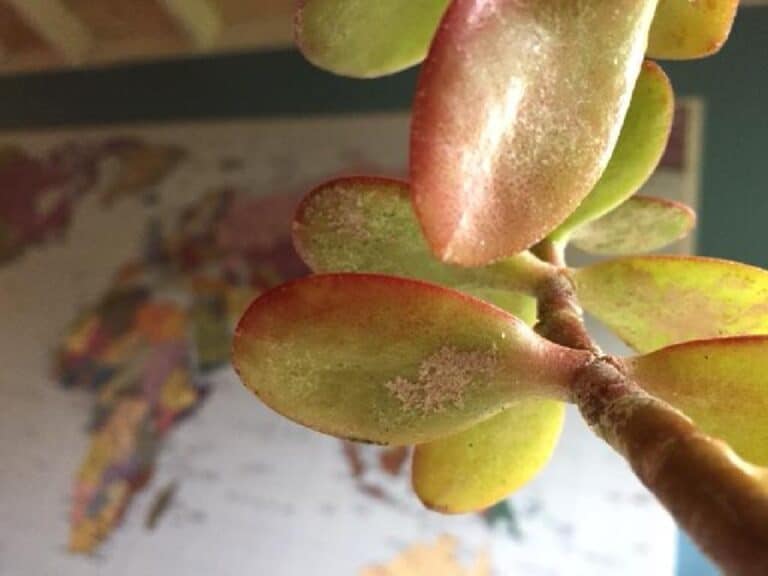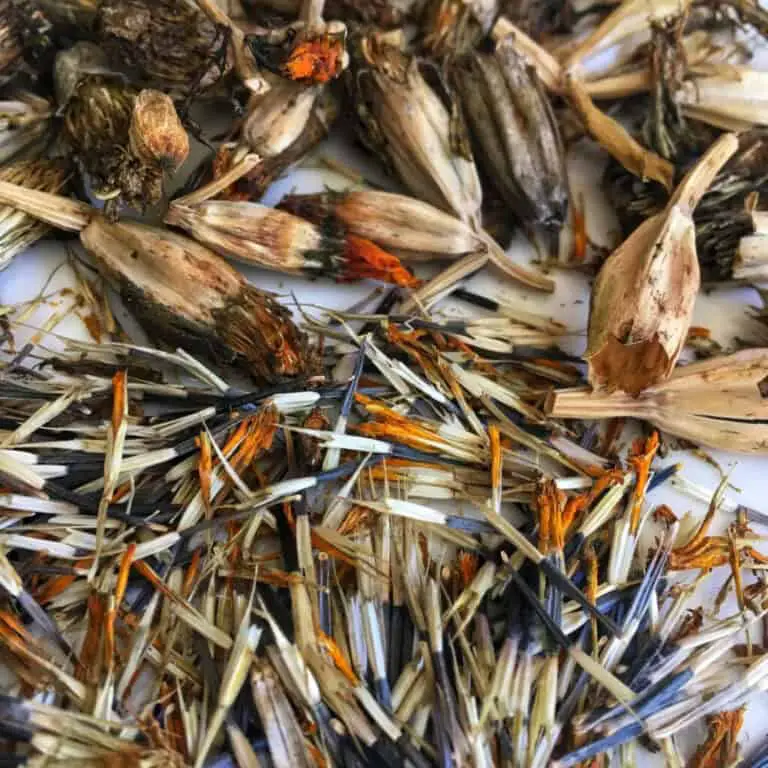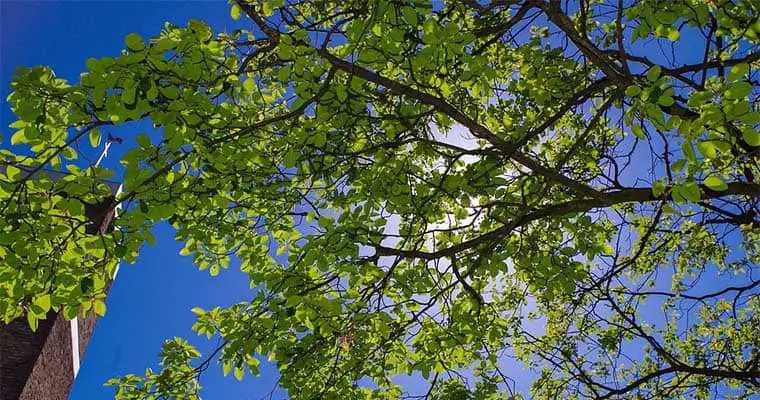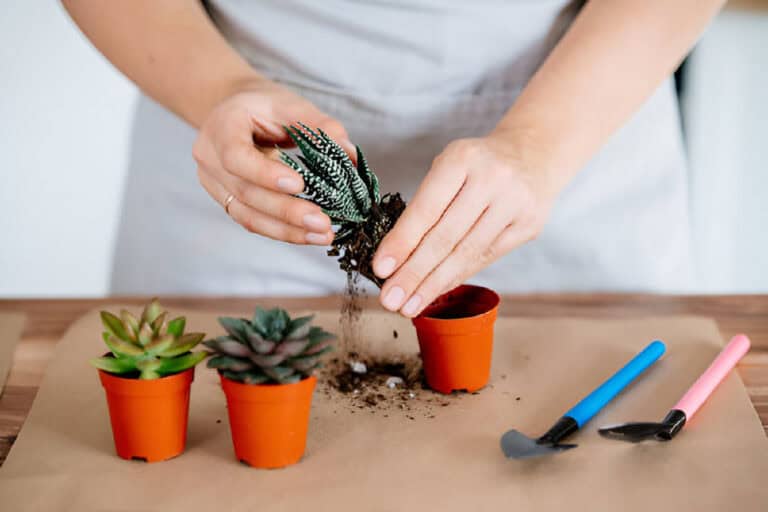Preventing Weeds Around Trees: The Best Natural and Synthetic Options
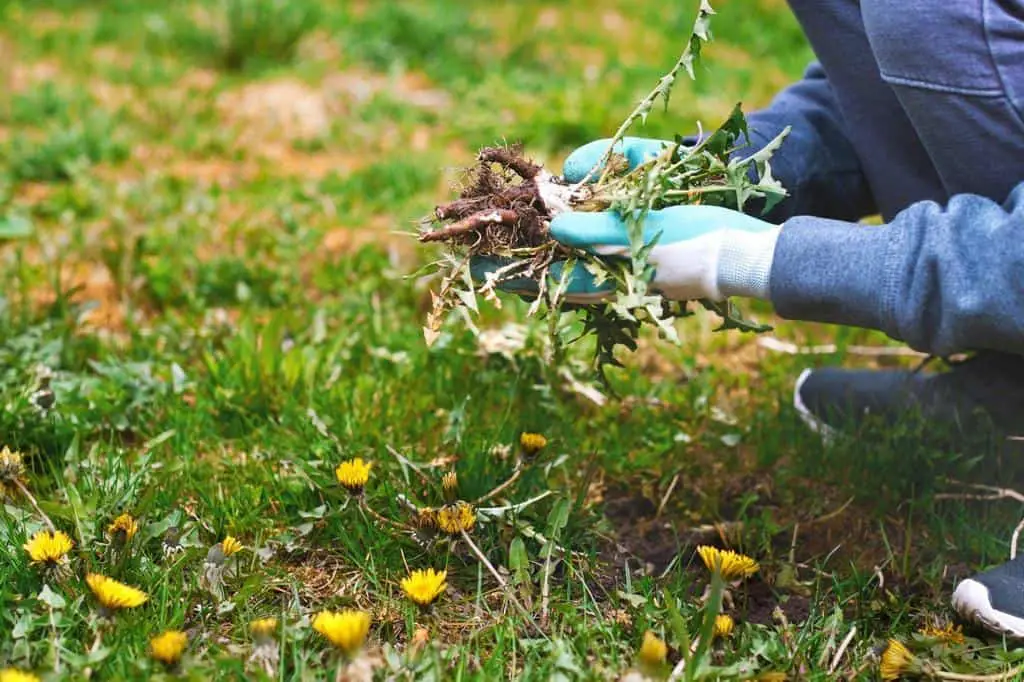
Keeping weeds at bay around trees is essential for maintaining a healthy and visually appealing landscape. Weeds compete with trees for nutrients, water, and sunlight. This can stunt the trees’ growth and harm their health. Also, a weed-free zone boosts your garden’s beauty. It simplifies upkeep and lets your trees thrive, without constant interference.
But how can you effectively prevent weeds around your trees without harming them or the surrounding environment? Are there natural alternatives to chemical herbicides that can provide long-lasting results?
These questions are vital for any gardener. They seek to build a sustainable, low-maintenance garden. Knowing the methods and materials for weed prevention can help. It will let you make informed choices for your trees and the environment.
The Importance of Weed Control

Weeds are a common nuisance for gardeners and homeowners alike, particularly when they encroach on the space around trees. Not only do they compete with trees for vital nutrients and water, but they can also affect the aesthetic appeal of your landscape.
Preventing weeds around trees is crucial for maintaining tree health and a tidy garden. This article covers the best natural and synthetic weed controls. It will help you create a perfect environment for your trees to thrive.
Weeds compete aggressively with trees for resources, such as sunlight, water, and nutrients. This competition can stunt tree growth, reduce fruit yields, and make trees more susceptible to pests and diseases. Additionally, weeds can create a messy, unkempt appearance in your garden.
Effective weed control ensures that your trees receive the necessary resources for optimal growth and that your landscape remains visually appealing.
Natural Weed Control Options
Mulching
Mulching is one of the most effective natural methods for controlling weeds around trees. A thick layer of organic mulch, such as wood chips, bark, or straw, can suppress weed growth by blocking sunlight. Mulching also helps retain soil moisture and regulate soil temperature, creating a favorable environment for tree roots.
Hand Weeding
While labor-intensive, hand weeding is a straightforward method for removing weeds around trees. This method works well for small areas. It is also good for persistent weeds that may not respond to other treatments. Regular hand weeding can keep weed populations in check and prevent them from spreading.
Ground Covers
Planting ground covers around trees can provide a natural barrier against weeds. Ground covers, like clover, creeping thyme, or periwinkle, spread quickly and densely. They crowd out weeds and reduce space for their growth. Additionally, ground covers can add visual interest and diversity to your garden.
Vinegar Solution
A homemade vinegar solution can be an effective natural herbicide. Mixing vinegar with a small amount of dish soap and applying it directly to weeds can cause them to wilt and die. However, this solution can also harm desirable plants. So, it should be applied carefully, avoiding contact with tree roots and foliage.
Boiling Water
Pouring boiling water over weeds is another natural method that can kill them effectively. This method works well for small, isolated weed patches and avoids the use of chemicals. Care should be taken to avoid splashing boiling water on the tree trunk or roots, as it can cause damage.
| Read: How to Get Rid of Weeds in Mulch Naturally |
Synthetic Weed Control Options
Pre-Emergent Herbicides
Pre-emergent herbicides stop weed seeds from germinating. They are a great way to control weeds before they become a problem. These herbicides create a chemical barrier in the soil that inhibits seed growth. It’s important to apply pre-emergent herbicides early in the season, before weed seeds start to sprout.
Post-Emergent Herbicides
Post-emergent herbicides are designed to kill existing weeds. They can be selective, targeting specific types of weeds, or non-selective, killing any plant they come into contact with. For use around trees, selective herbicides are often the best choice to avoid damaging the tree or surrounding plants.
Weed Barrier Fabrics
Weed barrier fabrics, also known as landscape fabrics, can be placed around trees to prevent weed growth. These fabrics allow water and nutrients to reach the soil. They block sunlight, which weeds need to germinate. Covering the fabric with mulch can enhance its effectiveness and improve the appearance of your garden.
Glyphosate
Glyphosate is a widely used non-selective herbicide that effectively kills weeds down to the root. It is especially useful for tackling tough, perennial weeds. Care must be taken when applying glyphosate around trees to avoid contact with the tree’s foliage and bark, as it can cause damage.
Synthetic Mulches
Synthetic mulches, such as black plastic or rubber mulch, can be used to control weeds around trees. These mulches block sunlight and create a physical barrier that prevents weed growth. Synthetic mulches are effective. But, they don’t boost soil health like organic mulches. They can also cause water runoff.
Comparison of Natural and Synthetic Methods
| Method | Effectiveness | Environmental Impact | Cost | Maintenance Required |
| Mulching | High | Low | Moderate | Low |
| Hand Weeding | Medium | Low | Low | High |
| Ground Covers | Medium | Low | Low | Medium |
| Vinegar Solution | Medium | Medium | Low | Medium |
| Boiling Water | Medium | Low | Low | High |
| Pre-Emergent Herbicides | High | Medium | Moderate | Low |
| Post-Emergent Herbicides | High | Medium | Moderate | Medium |
| Weed Barrier Fabrics | High | Low | High | Low |
| Glyphosate | High | High | Moderate | Medium |
| Synthetic Mulches | High | Low | High | Low |
Best Practices for Weed Control
When choosing weed control methods, consider your garden’s needs. Also, consider each method’s environmental impact. Combining multiple approaches can often provide the best results. For example, using mulch with pre-emergent herbicides can fight weeds.
Tips for Effective Weed Control
- Regular Monitoring: Regularly inspect your garden for weed growth and address issues promptly to prevent weeds from becoming established.
- Proper Application: Follow the manufacturer’s instructions when using herbicides to ensure effectiveness and safety.
- Soil Health: Maintain healthy soil through regular fertilization and watering to support tree growth and resilience against weeds.
- Mulch Refreshing: Periodically refresh organic mulch to maintain its weed-suppressing properties.
Conclusion
Preventing weeds around trees is essential for maintaining tree health and a beautiful garden. Both natural and synthetic options are effective. Each has its own pros and cons. Using the best weed control methods will help your trees thrive and keep your garden weed-free.
A tailored approach will yield the best results. Use natural methods, like mulching and hand weeding. Or, use synthetic solutions, like herbicides and weed barrier fabrics. Happy gardening!


